Last Friday more than 300,000 people took to the streets in cities across Australia, demanding climate action in the youth-led Climate Strike campaign. That’s approximately double the size of the crowd drawn from the previous strike earlier this year, marking a stunning growth in a short space of time. As the climate crisis intensifies, and the cataclysmic consequences of climate change become increasingly visible, we can expect more and more support for drastic action.
Do not for a second, however, assume the Australian government will be moved by large-scale demonstrations and suddenly change tact. History suggests the opposite. As Larry Writer wrote in the prologue to his 2016 book Pitched Battle, which explores the plight of anti-Apartheid campaigners in Australia, “Australia would be one of the last countries to turn its back on South Africa, and only then after one of the most divisive periods in history.”
OMG the #ClimateStrike is SO big in Melbourne. Crowd estimates coming in at 100k! pic.twitter.com/UpnQHVoB2r
— School Strike 4 Climate (@StrikeClimate) September 20, 2019
I’ve got more to say on this topic and other perspectives to share. But right now let me jump to the chase and answer the question posed by the headline of this article, in case you are short on time or short on patience (or both).
The answer to the question of what to do next is: you attend a presentation ran by Extinction Rebellion called Heading for Extinction and What to Do About It (find one here). Or, if you can’t find one in your area, fill your calendar with protests and hotfoot it. You return to the streets. You keep coming back again and again until the job’s done. If you would like to know more about Extinction Rebellion, here’s something I recently wrote about it.
Now, where was I? Ah yes. I was about to contemplate what it feels like to be part of a mass body of people, moving like a river through the streets. I reckon the following description summarises it well. This is taken from Clive Hamilton’s book What Do We Want: The Story of Protest in Australia, recalling an anti-Vietnam War protest held in Melbourne in 1970 (which drew a crowd of between 70,000 and 100,000).
One of the organisers, Bernie Taft, described the event as “like an ocean … There was a feeling that an enormous mass of human beings had united for a common purpose and that purpose electrified the air … There was a feeling that this is our city, it belongs to us. It belongs to ordinary people.”
If you attended one of the School Strike marches, you might feel similarly about being part of a collective of people, united for a common cause. Such events solicit powerful emotions. They feel like progress. They feel like change. They feel like some kind of victory. But that’s just it. They feel like a lot of things. Feeling something and achieving something are of course very different things.
Great overhead view of some (!) of the Sydney #ClimateStrike. When it’s too big for a photo, you know it’s epic. ?? https://t.co/yubKcB31bV
— Mike Cannon-Brookes ???? (@mcannonbrookes) September 20, 2019
At the time these enormous rallies were unfolding, was our Prime Minister glued to a TV screen, watching them intensely, thinking “oh shit!” No. He was in Washington, cuddling up to one of the world’s worst climate criminals, Donald Trump, and mining baron Gina Rinehart. While we were marching, chanting and demanding change, the leader of our country was wining and dining staunch advocates of the environment-destroying fossil fuel industry.
Morrison and his fellow coal-loving colleagues would LOVE us to march on the street every once in a while, go home, and pretend we’ve changed the world. We haven’t changed anything. Not yet. Events such as the Climate Strike protests are hugely important, but their value is largely derived from the extent to which they galvanise people to take further action.
The overarching strategy, going forward, isn’t complicated. We keep coming back. Again and again and again. We never give up until the job’s done. Later in Hamilton’s book, the author discusses how, in 2003, a whopping 600,000 Australians marched in protest against the impending Iraq war. But after the marches there was no follow through: “no pickets, no strikes, no civilise disobedience, no blockades of the US Embassy.” The Howard government was unmoved and off to war we went.
Photos and great signs from the Hobart #climatestrike from Amelia Neylon (16) pic.twitter.com/l4Q2c5DMmC
— Naaman Zhou (@naamanzhou) September 20, 2019
On the very same page, Hamilton shares a very interesting and, I think, quite inspiring thought. “With detailed information on how much influence various constituencies have on elections,” he wrote, “today’s politicians may be more afraid of a small, noisy but highly influential group than 200,000 walking across Sydney Harbour Bridge.”
Small. Noisy. Highly influential. Sounds to me a little like Extinction Rebellion (XR) – though it depends on your definition whether the Australian contingent of this rapidly growing socio-political movement is small (large, noisy and highly influential = so much the better). XR understands that achieving meaningful progress on climate policy involves coming back. Returning to the streets. Being innovative, creative and disruptive.
Three XR events on the horizon that demonstrate a creative approach to tackling the climate crisis include a water-themed “drown-in” in Melbourne on September 29, a bee-themed “bee-mergency” in Sydney on October 8 and a “cycle for the climate” event in Brisbane on September 27. XR’s Spring Rebellion – which involves a rolling series of protests across the country – is also coming up, kicking off on October 7. So, lots to do. Which is good, because there’s lots to be done.

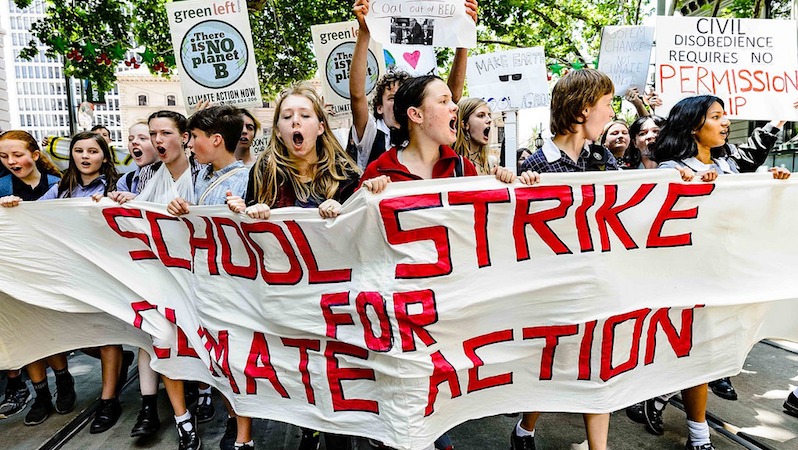
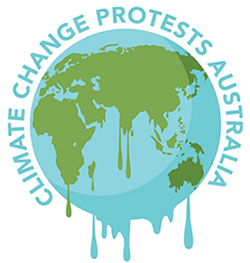

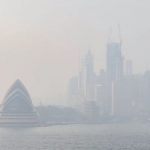

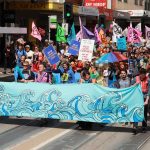
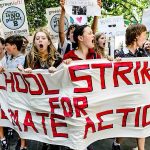
Morrison government is so short sighted to can’t see the 200,000 votes it will lose in 2 to 3 years as these kids become old enough to vote.